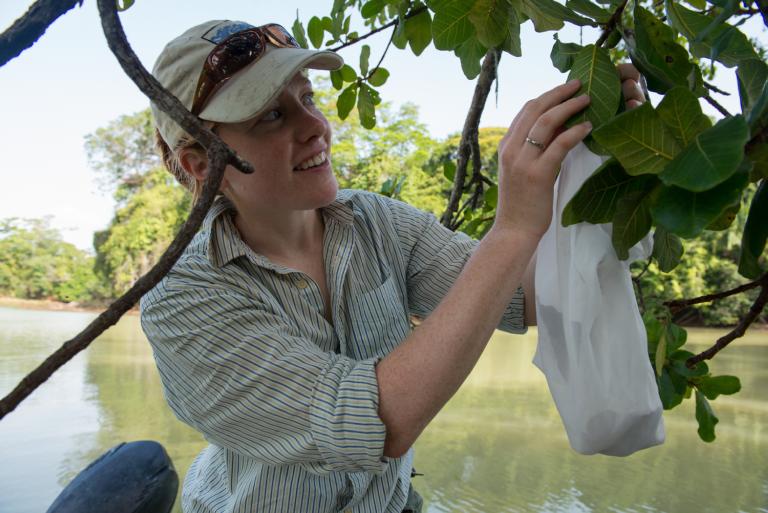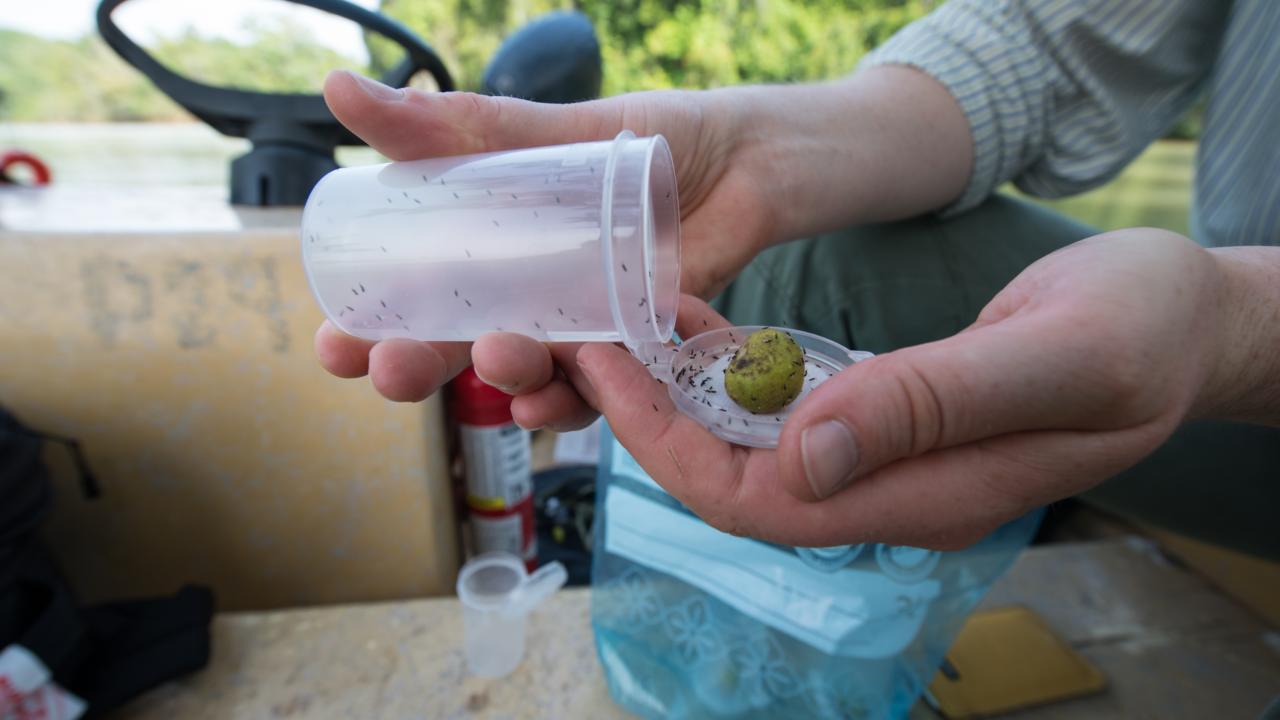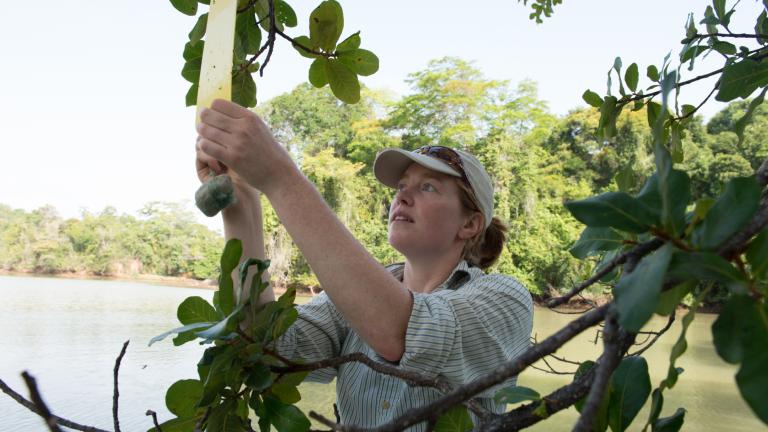
Somehow the process of evolution, how it shaped species and caused speciation, has always held a fascination for me. Now I have the privilege to conduct evolutionary research besides being a biology teacher in secondary education. For my PhD-thesis I study figs and their pollinating wasps in the tropical forest in Panama. More specifically, I want to understand how fig wasps use odours from fig trees to recognize their host.
Keywords
Evolution, chemical ecology, neotropics, fig-fig wasp mutualism
Researchinterest
Figs and their figs wasps perhaps constitute one of most iconic and impressive mutualisms in nature and their reproductive cycles are tightly integrated.
Each of the at least 700 species of figs (genus Ficus) depends entirely on one or two wasp species for pollination. In turn, female fig wasps can only lay eggs in syconia, the reproductive organs of fig trees.
Volatiles produced by fig trees are important for host-recognition by fig wasps. Possibly, these volatiles can even maintain the wasps' host-specificity. If so, the responses of fig wasps to fig odours could have played a role in fig speciation. More information (Dutch): natuurwijzer.naturalis.nl
Picture left: a fig syconium and fig wasps that have emerged from it.


Keypublications
- Oldenbeuving, A., Gómez-Zúniga, A., Florez-Buitrago, X., Gutiérrez-Zuluaga, A. M., Machado, C. A., Van Dooren, T. J. M., van Alphen, J., Biesmeijer, J. C., & Herre, E. A. (2023). Field sampling of fig pollinator wasps across host species and host developmental phase: Implications for host recognition and specificity. Ecology and Evolution, 13, e10501. https://doi.org/10.1002/ece3.10501
In the media
- I wrote about the possible role of fig leaves in attracting pollinators in Panamanian Ficus species (in Dutch). Link to the article.
- I gave an interview to Linda.nl about eadible figs and their pollinators (in Dutch). Link to the article.